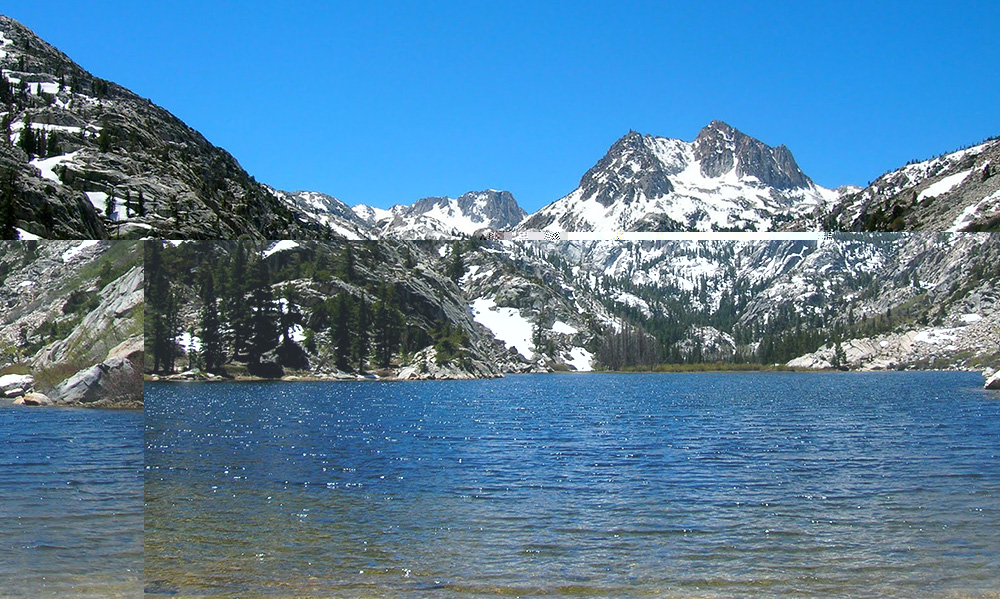
This post was written by Molly Casey, 2017 Mono Lake Intern.
Join us on Wednesday, September 13 at 4:00pm in the Mono Lake Committee gallery for this week’s Refreshments with Refreshing ‘Ologists presentation. UC Davis researcher Mary Clapp will be here to discuss her ongoing research on the impacts of introduced trout on the native bird community in the high-elevation lake basins of the Sierra Nevada. Her work focuses on the connection between water and land by using acoustic recorders to remotely capture lakeside activity by birds and bats.

Introduced trout prey on native aquatic insects like mayflies and stoneflies, thus depleting the abundance and diversity of those insects in fish-containing lakes. These insects have a winged adult life-stage, at which point they become available to terrestrial predators (birds and bats) as a valuable food source.
Mary is testing the hypothesis that trout are therefore in competition with birds for this insect food, and that as a result, bird activity is greater at fishless lakes where aquatic insect emergences remain abundant. She will discuss a few different approaches to analyzing acoustic data, the benefits and limits of the technology, and how it compares with traditional survey methods. Her talk is entitled “Investigating the Impacts of Introduced Trout on the Native Bird at High-Elevation Lakes.”
If you’re interested, join us in the gallery at 4:00pm on Wednesday for this free presentation and free snacks!
